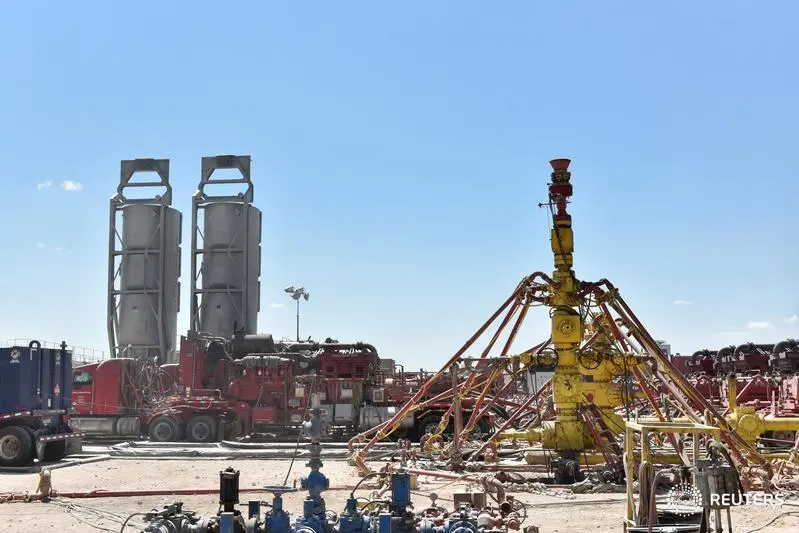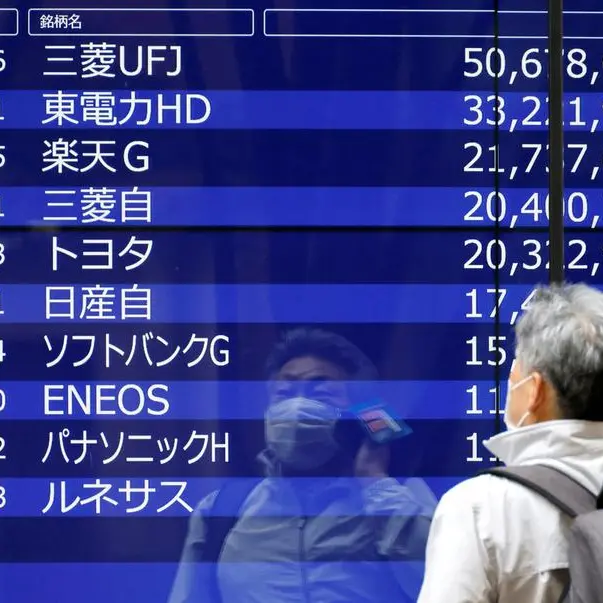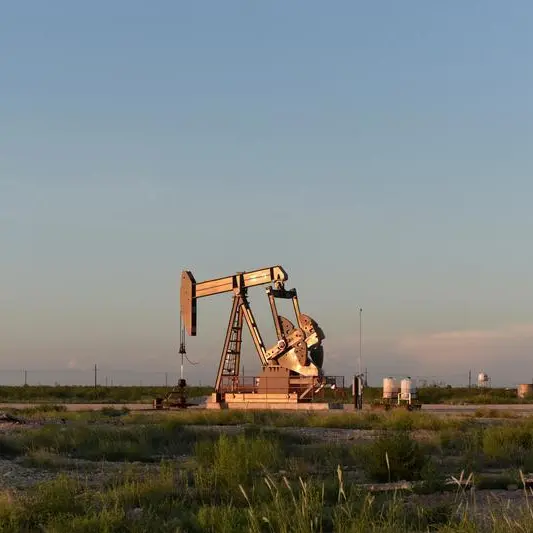PHOTO
DALLAS - U.S. oil producers are losing their grip on their global crown. Fields in Texas were meant to help make the country a bigger exporter of black gold than Saudi Arabia next year. But pipeline construction is delayed just as U.S. inventories are falling. U.S. drillers risk losing control of the market the longer logistics problems linger.
It’s not to say they aren't still drilling at a clip. The U.S. Energy Information Administration recently said U.S. production will average 11.5 million barrels per day in 2019, up from 9.4 million last year. But the agency cut its earlier estimates. One problem is a pipeline bottleneck in West Texas is making it harder to get oil out of the region. The price for a barrel in West Texas is significantly below prices elsewhere, which has caused drillers to slow their poking holes in the ground.
Last week Halliburton's chief warned the company’s earnings could be hit. Though he remained confident about the region’s prospects longer term, it is looking more likely that pipelines meant to be built by the end of next year could be delayed. Labor is becoming scarcer. And Permian drillers are planning on waiting around. They hedge oil prices to try to even out their profits when the market hits these blips. Wood Mackenzie recently said they increased their 2020 oil hedge positions by 431 percent in the second quarter of this year, a sign of concerns about infrastructure issues.
For two years, U.S. drillers have dominated the oil market as supply from the country has continued to climb. In April Citigroup predicted that the United States would unseat Saudi Arabia as the world’s top oil exporter next year. But this week the EIA said U.S. crude inventories fell below 400 million barrels, more than expected. To the extent that drillers can’t get oil to the coast to ship out of the country, export growth will be delayed.
Meanwhile others continue to make up for U.S. shortfalls. Global supply reached a record 100 million barrels per day in August, according to the International Energy Agency, helped by Saudi pledges in the summer to hike output. For the moment, traditional producers hold the whip hand.
CONTEXT NEWS
- The global supply of oil reached a record 100 million barrels per day in August, according to the International Energy Agency, as higher output from the Organization of the Petroleum Exporting Countries accounted for declines elsewhere.
- On Sept. 12 the U.S. Energy Information Administration said that U.S. crude inventories fell in the week ended Sept. 7 below 400 million barrels, more than expected.
- At 11:04 a.m. EDT, Brent crude was trading at $77.76 a barrel. West Texas Intermediate prices were at $68.43.
(The author is a Reuters Breakingviews columnist. The opinions expressed are her own.)
(Editing by George Hay and Martin Langfield) ((Lauren.SilvaLaughlin@thomsonreuters.com; Reuters Messaging: Lauren.SilvaLaughlin.thomsonreuters.com@reuters.net))












